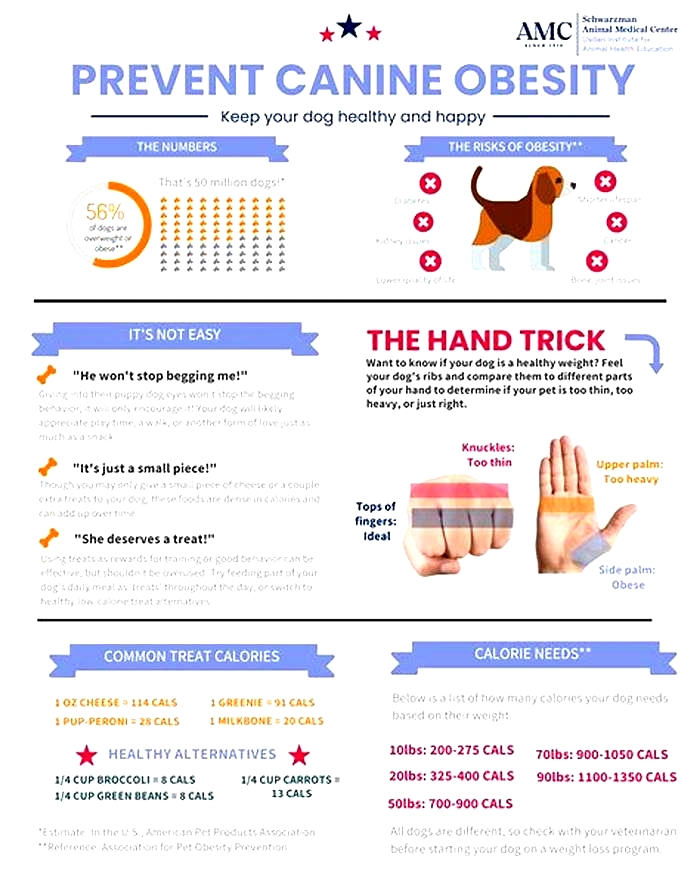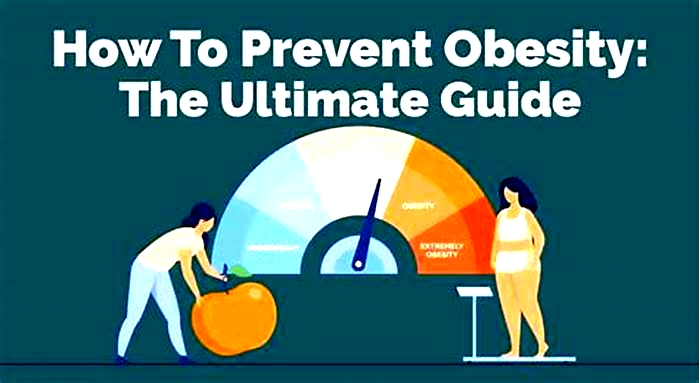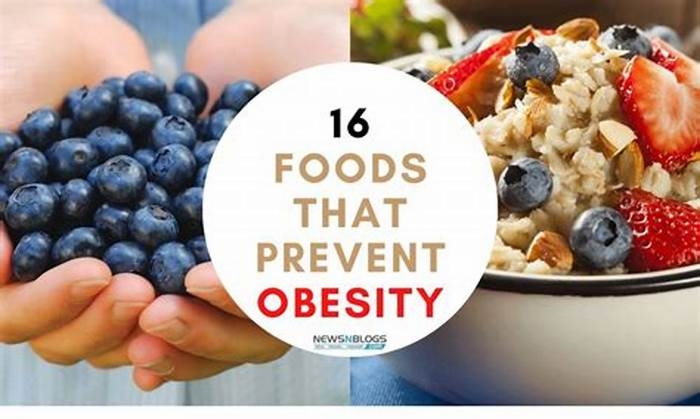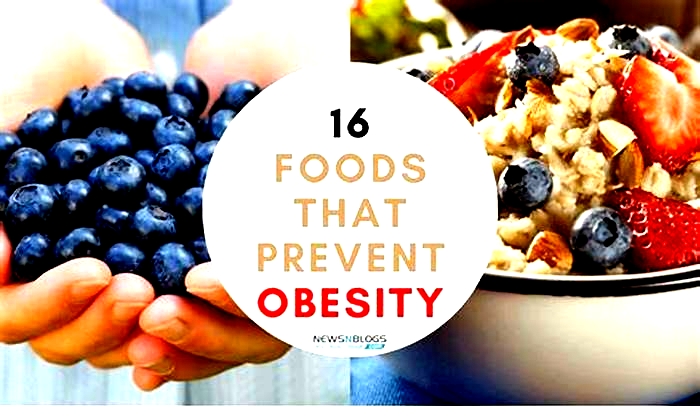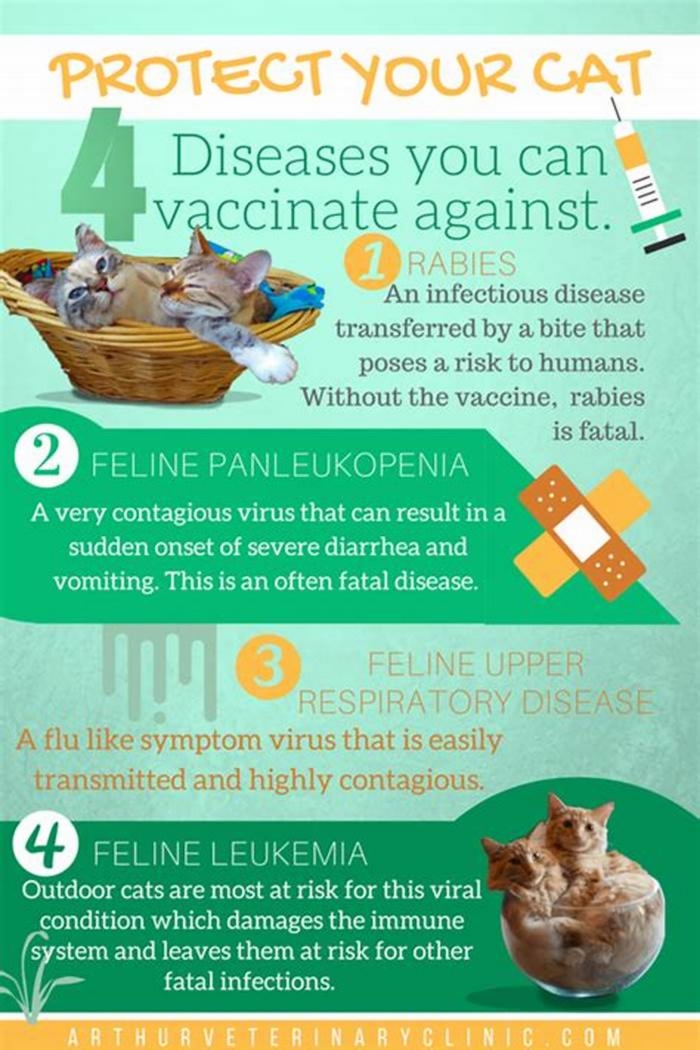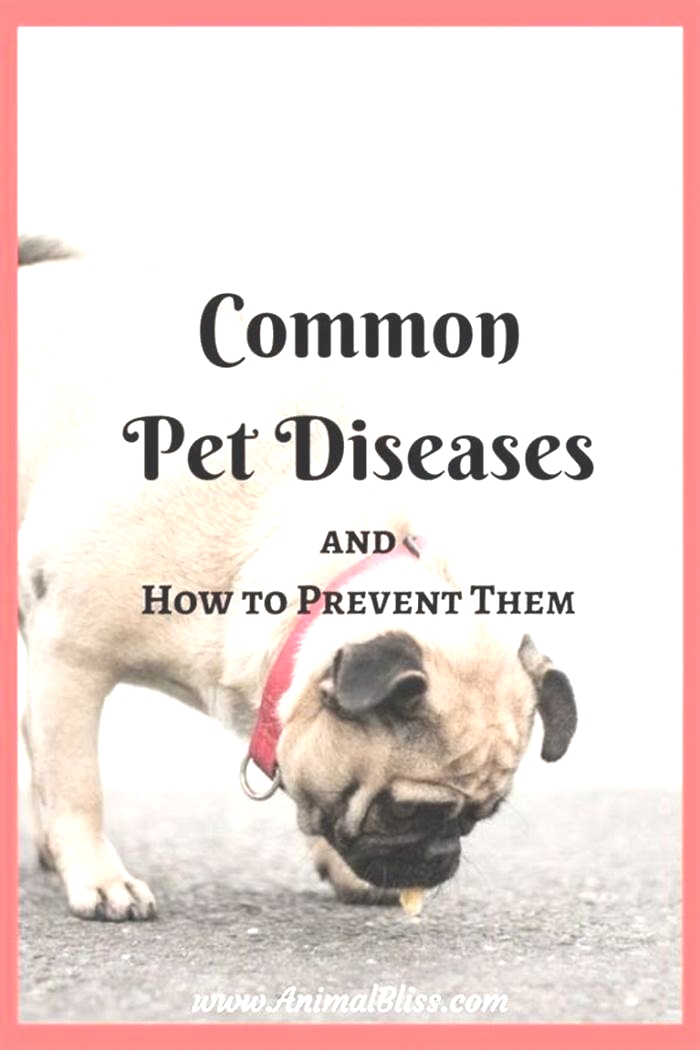How to prevent pet obesity

The dangers of pet obesity: causes, treatment, and prevention
There are a variety of factors that make your pet prone to obesity, including feeding them people food. We love our pets. When their big, hopeful eyes lock with ours as we rummage through our pantry, its natural to give in and let them have a little bit of the food were going to eat. But feeding your pets people food in addition to their pet food increases the number of calories and fat that they consume. Too much food, along with other factors, can cause serious health problems.
Breed
American bulldogs, Dachshunds, Labrador retrievers, and basset hounds are among the breeds with an increased chance of being overweight. Some of it is genetics, but dachshunds and basset hounds, in particular, also have a unique body shape and size that adds to their risk.
For more helpful information, take a look at our vet-approved guide to potential health conditions that affect dogs.
Age
Humans risk for obesity rises with age, and the same goes for our pets. As pets age, they dont have as much energy for long walks and games of fetch. They prefer to take more naps during the day. However, its still important to encourage senior pets to exercise. Take your dog on a shorter walk more frequently, or have your cat chase a laser-pointer light up and down the hallway a few times a week. Exercise for pets of all ages is important to help maintain a healthy weight and keep their muscles toned. Senior pets also may require some lifestyle tweaks to make up for less exercise.
Spayed/neutered
Spaying and neutering your pet has many benefits, including decreasing the risk of unwanted animals in shelters. However, recent researchTrusted SourcePubMed CentralArchive of biomedical and life sciences journal literature.Go to source has linked spaying and neutering to pet obesity later in life. Pet owners can combat this risk by adhering to a healthy diet.
Food type
Pets need a well-balanced high-quality diet. Foods with too many kilocalories per cup (kcals per cup), can up a pets obesity risk. An Association for American Feed Control Officials (AAFCO) label signifies a well-balanced high-quality pet food. Make sure you check for this label when looking for food for your pet.
Food amount
Overeating is a common factor contributing to obesity, whether its feeding too much human food, kibble, or treats. Gradually reducing a pets food intake may help. However, consult with your local veterinarian first to see if you are feeding your pet too much. Sometimes, a pet eats too fast to digest the food, so they miss hunger cues. You can pace their consumption with slow-feed bowls.
Underlying health conditions
Specific issues, including hypothyroidism and osteoarthritis, can raise a pets obesity risk. If your pet has these risks, pay close attention to their diet, body condition, and weight. Pet parents can access body condition charts to assess their dog or cat.
U.S. Food and Drug Administration
Espaol
Guidelines for People, Guidelines for Dogs and CatsNutritional AssessmentsKeeping Pets Nutritionally Healthy: The Circle of NutritionBody and Muscle Condition Scoring SystemsCommunication is Key
This is a true story; only the name and coat color have been changed to protect the innocent.
Rosie was a sweet girl; a happy black Labrador retriever, who, like many labs, lived to eat. Food on the kitchen counter? Kiss it goodbye. Counter-surfing was a rewarding daily sport in Rosies house. Unopened loaves of fresh bread were a favorite targeta tasty mid-day snack, plastic bag and all.
When Rosie damaged both her knees at a young age, she began to have difficulty moving around, especially after arthritis set in. Her owner, feeling badly for Rosie and knowing that eating was Rosies greatest joy in life, fed her more than an inactive, arthritic, young dog needed. Cutting back the amount of food she fed Rosie was, emotionally, not an option.
As time went on, Rosie gained weight. And she gained more weight. Rosie became a 75-pound lab trapped in a 150-pound body; she could hardly walk. Getting up after laying down was hard workshe had to propherself up with her front legs and slowly inch her way into a standing position. A simple change in position was difficult; walking occurred only when necessary. So, at 8 years oldmiddle-age by Labrador retriever standardsRosie died of liver disease caused by her obesity.
Obesity is a common topic these days, whether in newspapers, online, or on TV. More than one-third of American adults (41.9%) are obese.1 According to the Centers for Disease Control and Prevention (CDC), 22.2%percent of U.S. children and adolescents between 12-19 years of ageare obese.2 But what, exactly, is obesity?
Obesity is a term simply meaning a buildup of fat in the body.3 Although people may think of fat as relatively harmless or somewhat inconvenient, it is anything but. The fat in a persons body, like the fat in an animals body, is made up of many tiny cells. These cells make certain hormones, like insulin, and secrete them directly into the bloodstream. (Hormones are special chemicals that regulate certain cells or organs in the body.)
In a person or an animal with low body fat, the amount of additional hormones produced by fat cells is small because there arent many fat cells. However, in people or animals with higher body fat and more fat cells, a greater amount of hormones is secreted into the bloodstream, harming the body. Obesity leads to a variety of diseases including: Type 2 diabetes mellitus, high blood pressure, gallstones, fatty liver disease, sleep apnea, heart failure, degenerative joint disease, asthma, and cancer.4
Just as obesity has become a serious problem in people, it is also a growing problem in their pets. According to the Association for Pet Obesity Prevention, 59%of dogs and 61% of cats in the U.S. are overweight or obese.5 The diseases seen in these pets are eerily similar to those reported for people: Type 2 diabetes mellitus, osteoarthritis, high blood pressure, heart and respiratory disease, kidney disease, inflammation, and shortened life span.6
Obesity is a complex disease in people. Genetics, environmental factors, other diseases, and medications all may play a role. Its a similar story in pets. There are pet-specific factors, such as if the pet is on any medications or has a disease that contributes to obesity; environmental factors, such as not enough exercise and how the pet is fed by the owner; and genetics, where some breeds are prone to being overweight. Studies show that weight loss in pets improves their overall health by:
- Improving respiratory function,
- Decreasing osteoarthritis in shoulder, hip, and elbow joints,
- Lengthening the median life span in dogs, and
- Delaying the onset of chronic diseases in dogs.7, 8, 9, 10
Guidelines for People, Guidelines for Dogs and Cats
The U.S. Department of Agriculture (USDA) and the Department of Health and Human Services jointly created the Dietary Guidelines for Americansto address proper nutrition and the prevention of diet-related diseases in people. The nutrition and health experts in both departments re-evaluate current science and medical knowledge every 5 years and use that information to revise the guidelines when necessary.
Until 2010, the guidelines provided nutrition advice for healthy Americans over the age of 2 years. The latest revision, released in 2020, addressesthis healthy population and those Americans at an increased risk of obesity-related diseases. The guidelines provide recommendations on how to eat healthy and maintain proper calorie balance (calories in equal calories out) to prevent becoming overweight or obese. An easytounderstand picture, the USDA MyPlate, is a companion to the guidelines and gives people a visual example of proper food portions on their dinner plates.
Unfortunately, similar dietary guidelines dont exist for pets. In 2010, the American Animal Hospital Association (AAHA) released a document written for veterinarians and their staff, entitled AAHA Nutritional Assessment Guidelines for Dogs and Cats. The guidelines gave veterinarians and their staff a no-cost, quick way to obtain crucial nutrition information for pets. Using this information, veterinarians could help pet owners make better decisions about their pets nutrition and overall health.
AAHA released updated AAHA Nutritional and Weight Management Guidelines in 2021. Like the 2010 guidelines, the new guidelines recommend that veterinarians and staff conduct a nutritional assessment for each pet at each veterinary visit. The new guidelines, however, give veterinarians and staff tools to help them more effectively discuss pet nutritional recommendations with owners. The authors recognize that good communication with pet owners is key to helping pets live healthier lives and that it requires the veterinarian and staff to consider:
- ContentWhat is the medical basis for my nutritional recommendations to the pet owner?
- ProcessWhat is the best way to discuss these recommendations with pet owners so that theyll be most receptive?
- PerceptionHow do I ensure Im understanding and respecting the clients perspective?
Understanding these points can help veterinarians and staff give important nutritional advice in a non-judgmental manner, leading to increased owner receptiveness and compliance. As the guidelines authors state: The goal is not to reinforce false information but to validate [pet owner] concerns and come to a shared understanding.
Nutritional Assessments
According to the AAHA guidelines, a screening nutritional assessment should be performed on every dog and cat at every routine physical examination throughout a pet's life. Based on the assessment results, a veterinarian can use the guidelines Nutrition Prescription and Weight Loss Plan tool to develop recommendations that address the pets needs and are easy for the owner to understand and follow. The tool allows the veterinarian to determine the pets basic nutritional needs, to recommend specific foods or treats, and to create a 12-week weight loss plan, if needed.
The flowchart in the new guidelines walksveterinarians through a series of questions to help them decide whether a more detailed nutritional evaluation is needed. Flowchart questions include:
- Is the Body Condition Score or Muscle Condition Score ideal? (AAHA provides veterinarians a quick reminder of what the different scores are)
- Has significant weight loss or gain occurred?
- Has the pets activity level changed?
- Does the pet live in an adequate environment?
- Is the pets physical exam normal?
- Are there changes or abnormalities in diagnostic tests?
Keeping Pets Nutritionally Healthy: The Circle of Nutrition
For veterinarians and staff, the Circle of Nutrition is an important concept to keep in mind when putting together nutritional recommendations. The Circle of Nutrition, developed by the American College of Veterinary Nutrition, contains three interconnected components: the pet, the diet, and the feeding management/environment.
- The PetWhat is the pets age and level of activity? Does the pet have any health issues? This information helps the veterinarian determine the appropriate nutrition for the pet. For example, a young pet has different nutritional requirements than a senior pet, and a hunting dog needs more calories than a lapdog.
- The Pets DietIs the pets diet is appropriate and safe?For example, the owner may be inappropriately feeding puppy food to a senior dog, or the diet may have recently been recalled for safety concerns. Safety concerns related to pet food include:
- Improper storage, whether at the warehouse or the owners house,
- Adulteration11, like the melamine tragedy,
- Contamination with disease-causing bacteria, like Salmonella or Listeria,or toxins made by fungi, like aflatoxin, and
- Nutrient imbalances, such as diets not containing enough thiamine or diets containing too much Vitamin D.
- Feeding Management and Environmental FactorsFeeding management and environmental factors include:
- How much food does the owner feed their pet and how often?
- Does each pet have a separate food bowl or is there a shared food bowl?
- Does the pet get treats, and if so, how many? (Treats add extra calories that owners may not think about.)
- Is there competition among pets in the house, where one pet gets more food than the others?
Body and Muscle Condition Scoring Systems
The AAHA guidelines also provide basic information about the 5- and 9-point body and muscle condition scoring systems. Veterinarians can use these scoring systems to assess a pets Body Condition Score (BCS) and Muscle Condition Score (MCS). They can then use the scores to develop appropriate nutritional recommendations.
New for 2021, is a useful chart which shows how the 5-point and 9-point BCS scales relate to a pets percent body fat and overweight percentage. Optimum body condition scores for cats and dogs range from 2.5 to 3 on a 5-point BCS scale, to 4 to 5 on a 9-point BCS scale. Unlike the 2010 guidelines, the 2021 guidelines do not include visual examples of the different BCS scores in dogs and cats. The Association for Pet Obesity Preventions website has infographics about the 9-point BCS scale that could be helpful when discussing pet nutrition assessments with ownersas the saying goes a picture is worth 1000 words.
Communication is Key
The most important aspects stressed in the revised nutritional guidelines is communication with the client. Recommendationsare only successful when followed by the owner, therefore, the responsibility for success is shared by the veterinarian and the pet owner. Open communication is crucial during the nutritional assessment, development of recommendations, and follow-through stages. In the end, veterinarians and pet owners have the same goal--healthy pets.
Its unclear if Rosie ever had routine nutritional assessments. A good nutritional assessment and nutritional recommendations could have helped her live a healthier life. As the number of pet obesity cases continues to rise, the AAHA Nutritional Assessment Guidelines for Dogs and Catsgive veterinarians the tools they need to help overweight pets, like Rosie, live happier, longer, and more active lives.
1https://www.cdc.gov/obesity/data/adult.html
2https://www.cdc.gov/nchs/fastats/obesity-overweight.htm
3https://vcahospitals.com/know-your-pet/obesity-in-dogs
4Consequences of Obesity | Overweight & Obesity | CDC (https://www.cdc.gov/obesity/basics/consequences.html)
5https://petobesityprevention.org/2022
6Ibid.
7 Bach JF, Rozanski EA, Bedenice D, et al. Association of expiratory airway dysfunction with marked obesity in healthy adult dogs. 2007. American Journal of Veterinary Research 68(6):670-675.
8 Kealy RD, Lawler DF, Ballam JM, et al. Evaluation of the effect of limited food consumption on radiographic evidence of osteoarthritis in dogs. 2000. Journal of the American Veterinary Medical Association217(11):1678-1680.
9 Kealy RD, Lawler DF, Ballam JM, et al. Effects of diet restriction on life span and age-related changes in dogs. 2002. Journal of the American Veterinary Medical Association 220(9):1315-1320.
10 Adams VJ, Watson P, Carmichael S, et al. Exceptional longevity and potential determinants of successful ageing in a cohort of 39 Labrador retrievers: results of a prospective longitudinal study. 2016. Acta Veterinaria Scandinavica. 58(29). Available at:https://actavetscand.biomedcentral.com/articles/10.1186/s13028-016-0206-7.
11"Federal Food, Drug, and Cosmetic Act. Sections 402--Adulterated Food: http://www.gpo.gov/fdsys/pkg/USCODE-2010-title21/pdf/USCODE-2010-title21-chap9-subchapIV-sec342.pdf, and 501--Adulterated Drugs and Devices: http://www.gpo.gov/fdsys/pkg/USCODE-2010-title21/pdf/USCODE-2010-title21-chap9-subchapV-partA-sec351.pdf."

